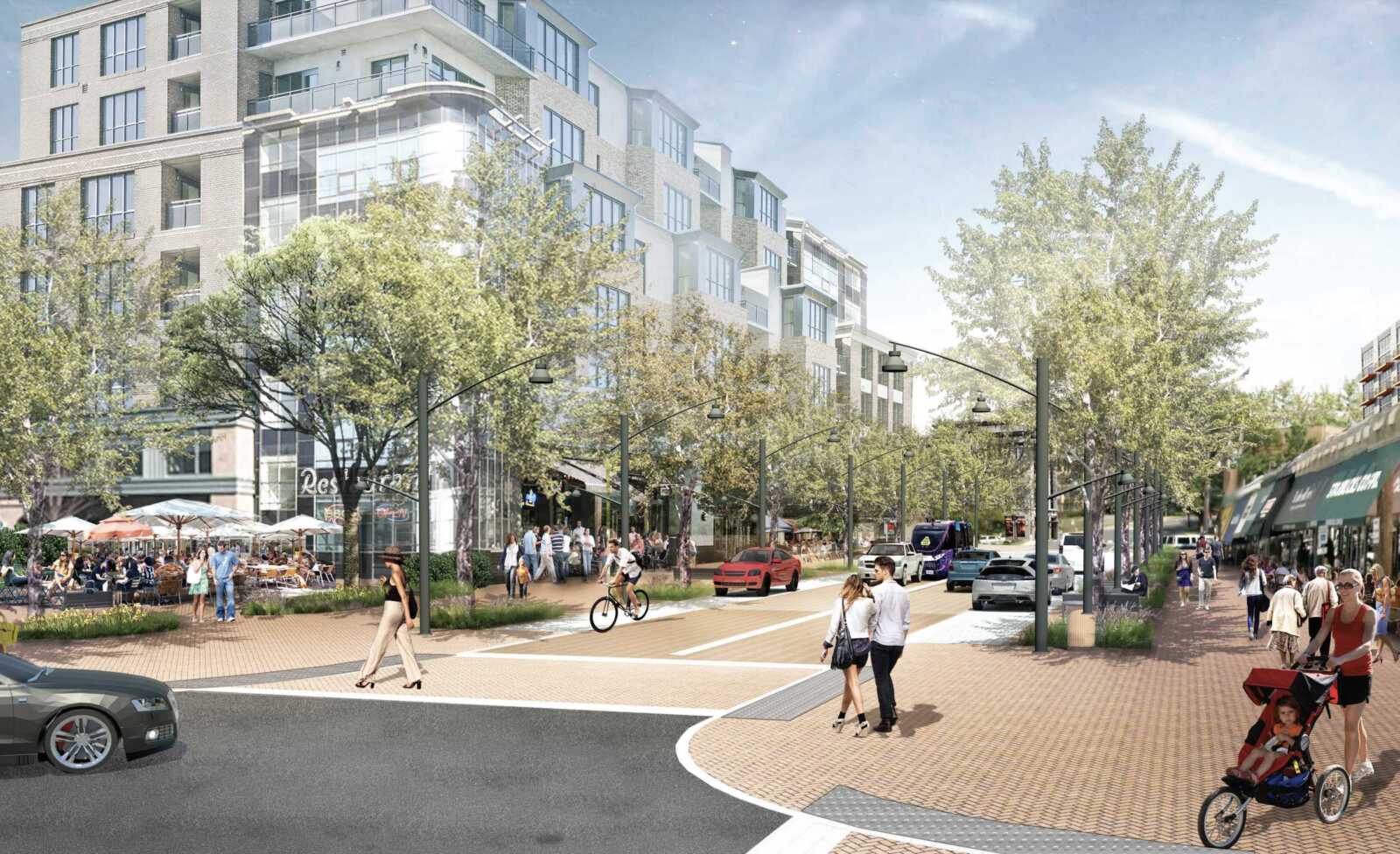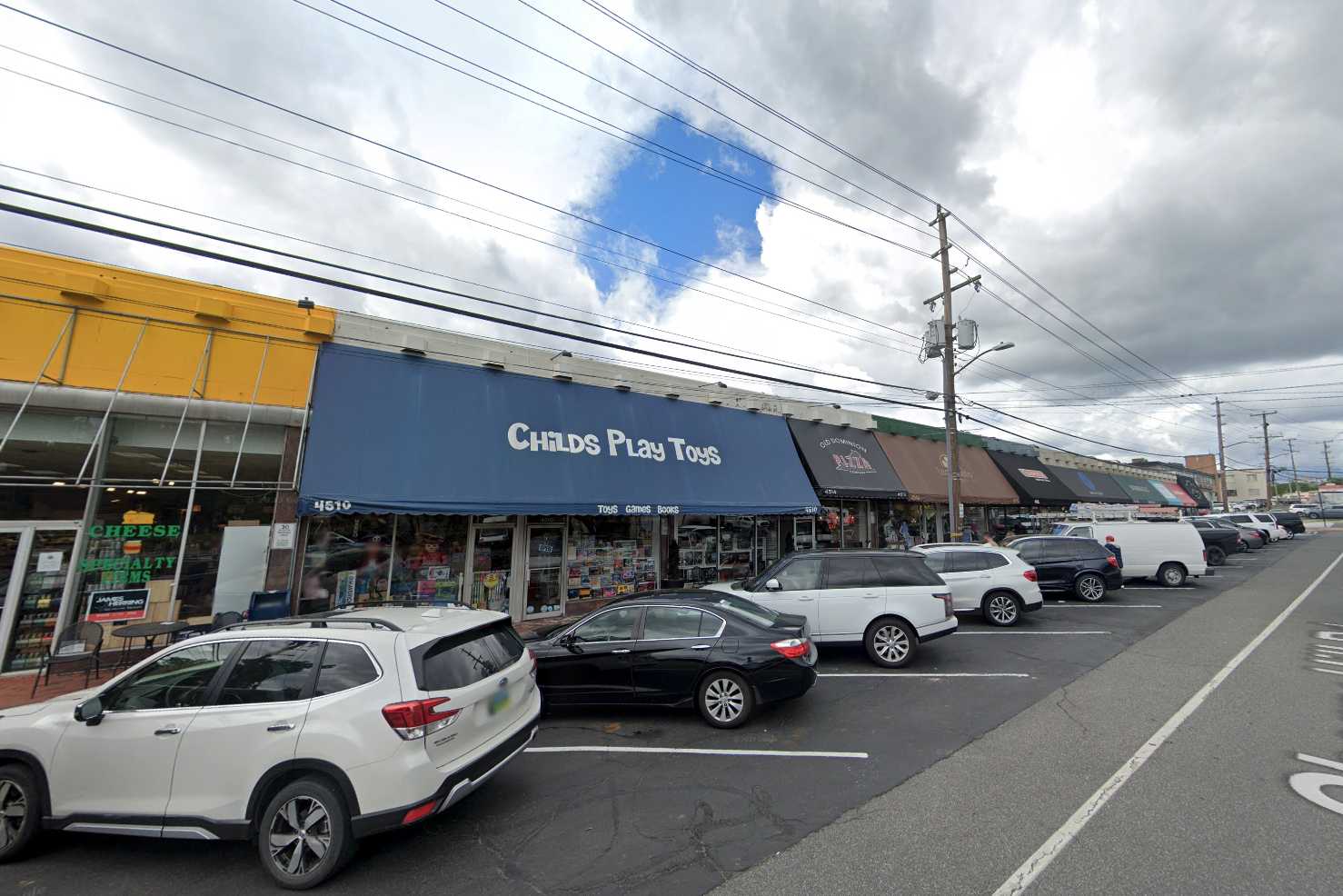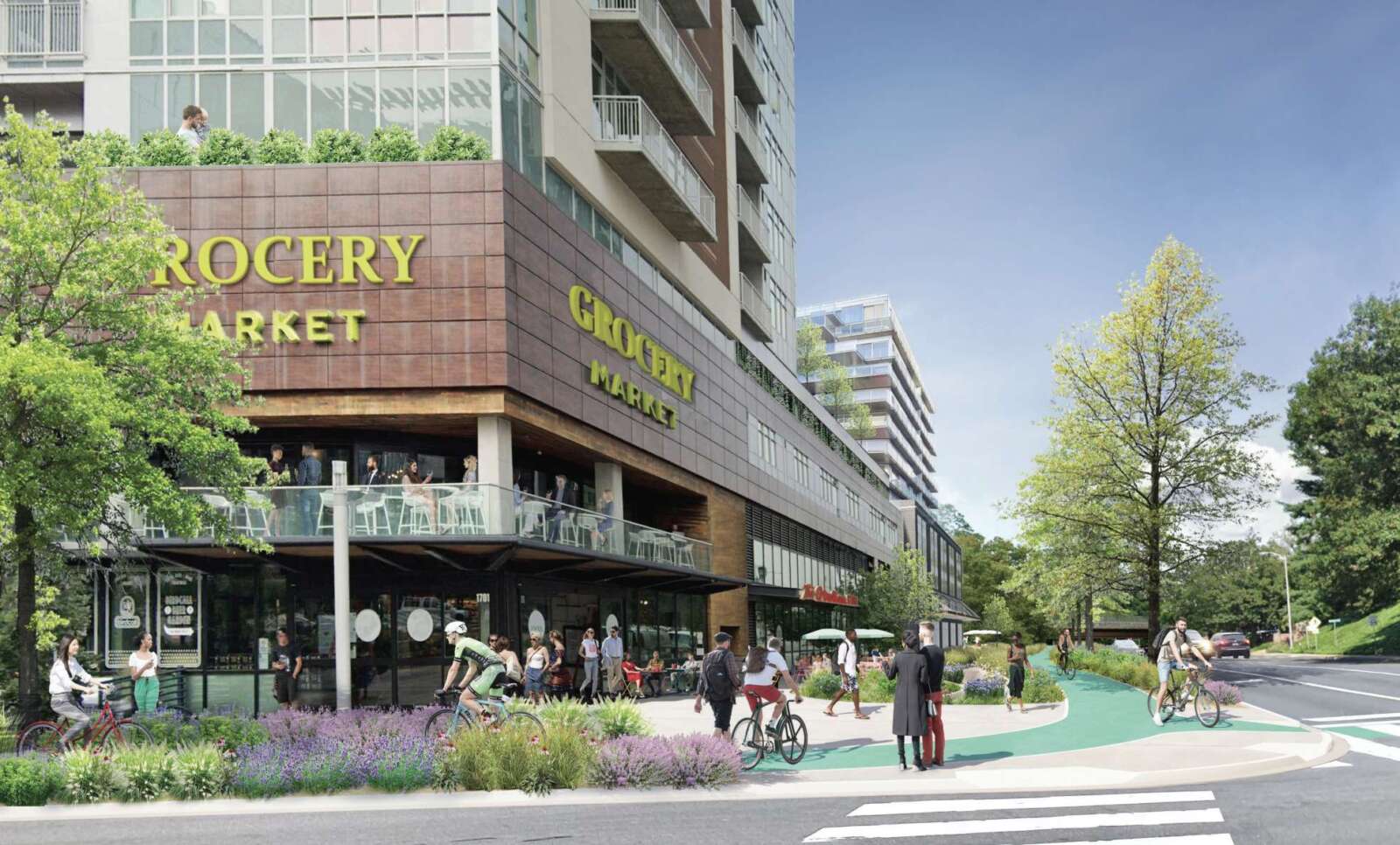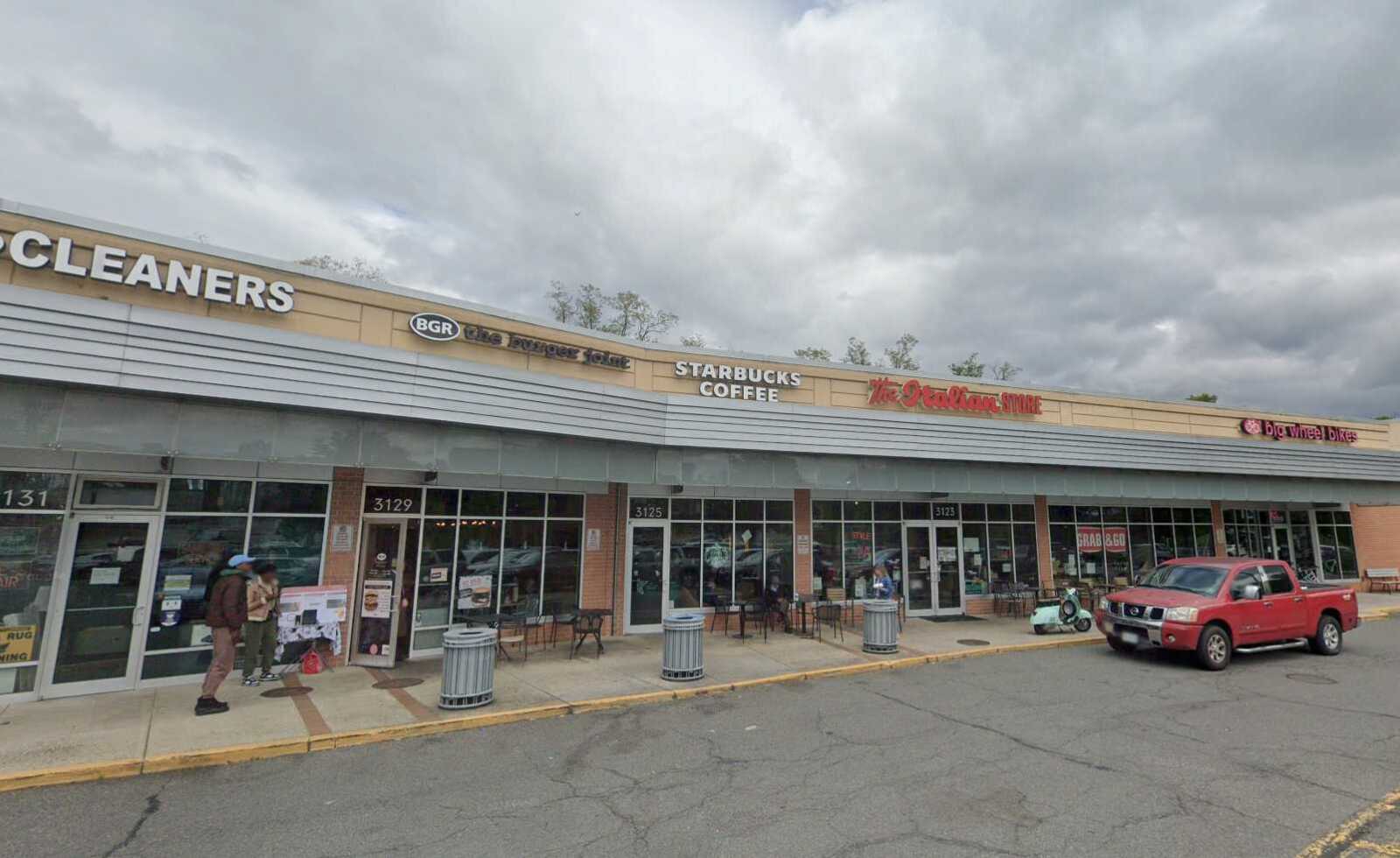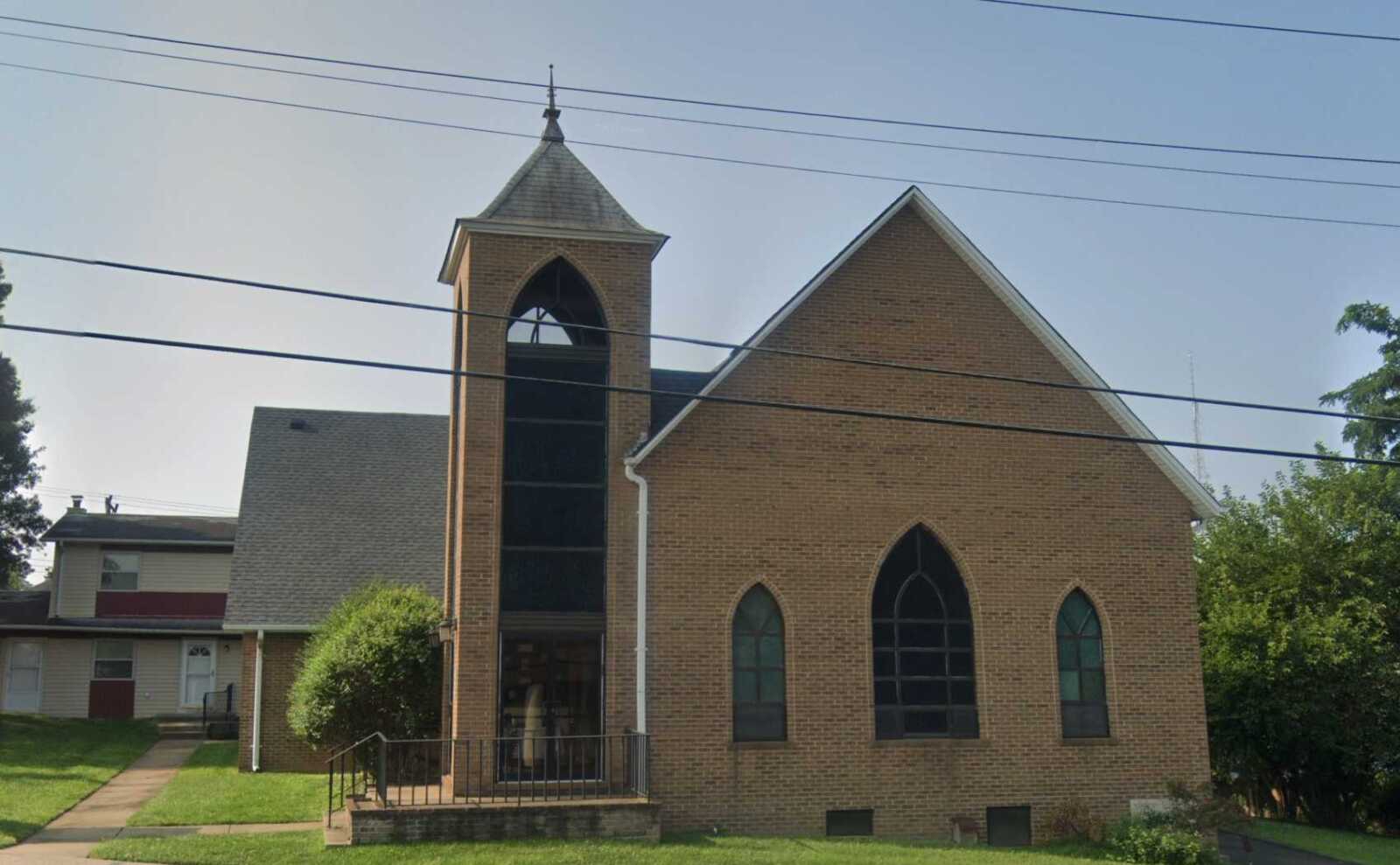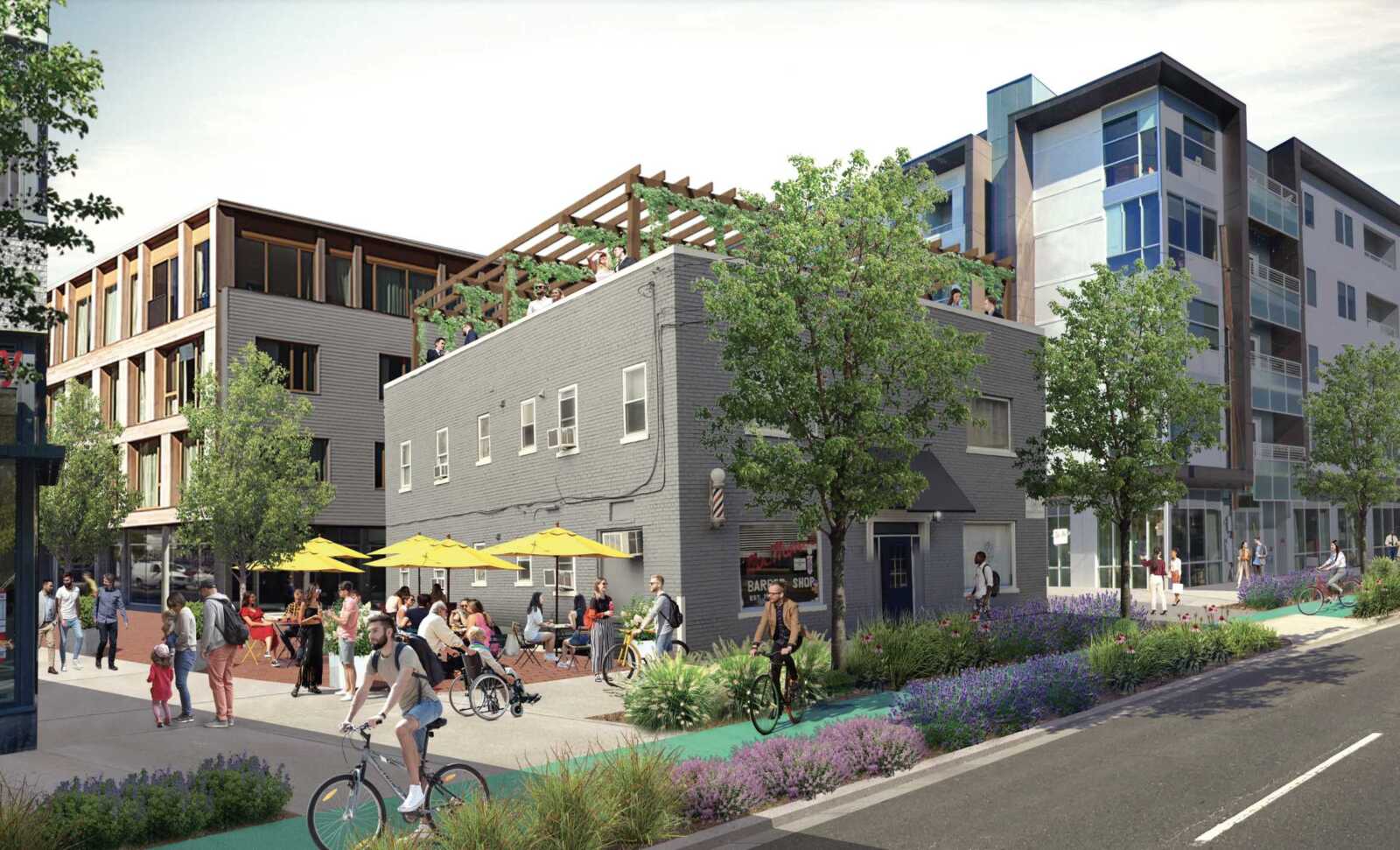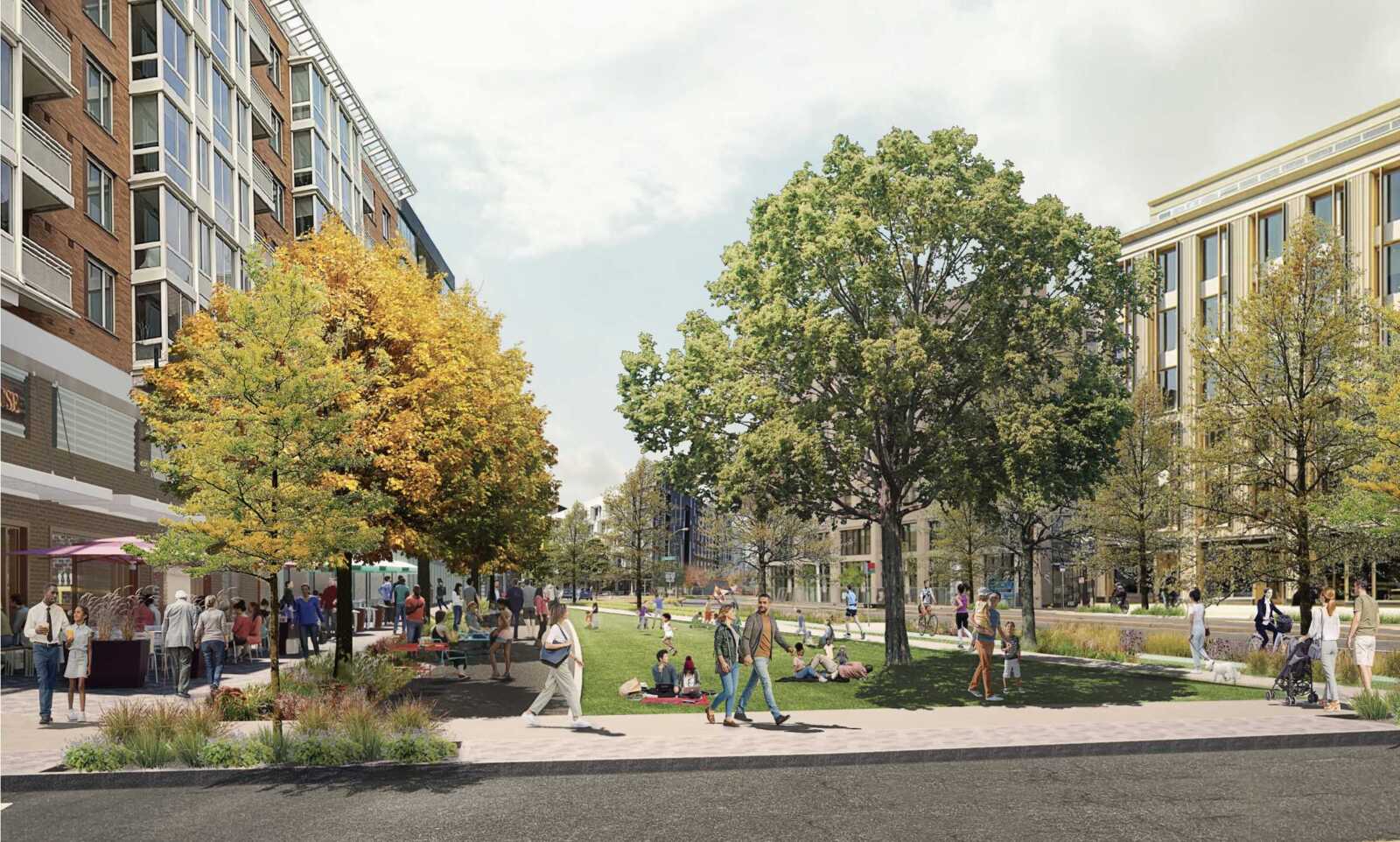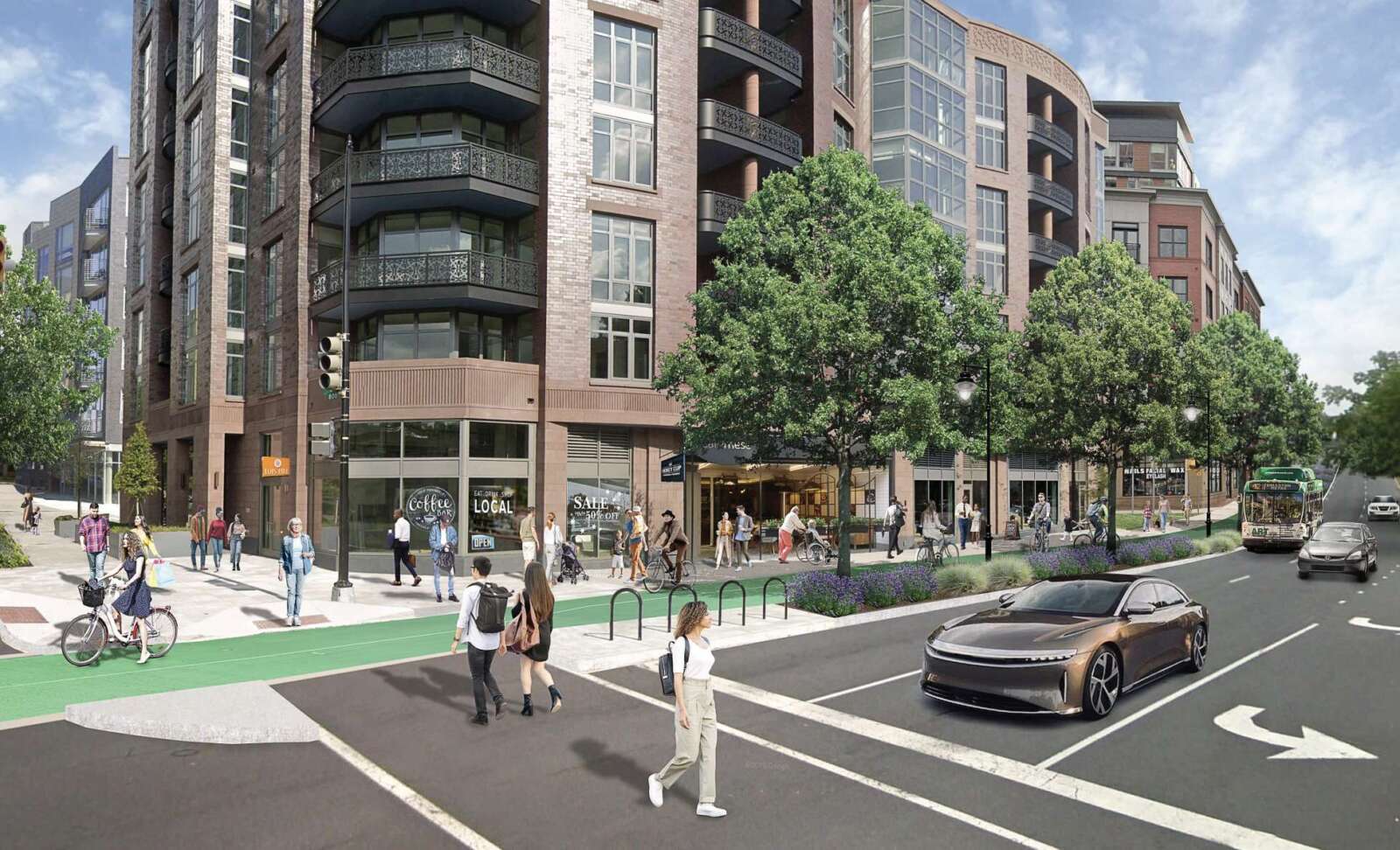Plan Langston Blvd — a sweeping document outlining the future development of the corridor — is teed up for a vote by the Arlington County Board on Saturday.
The vote would culminate years of grassroots activity, followed by a county planning process that included about a year of public engagement. Despite the long lead time, the plan was recently criticized during County Board campaigns and commission meetings for introducing too many last-minute changes, which the county maintains were largely technical.
Although these tweaks have had time to settle, longstanding concerns continue to arise, pertaining to affordable housing, retail, building heights and park space. The Planning Commission addressed some of these earlier this month when, after voting to recommend the Board adopt the plan, members added in a few recommended changes.
On affordable housing, the Planning Commission, residents and community groups asked the County Board and staff to push for more committed affordable units.
“We don’t ask enough of our developers,” Commissioner Elizabeth Gearin said, per meeting minutes. “I hope we’re looking at how to get more on-site units. We should identify tools to where the County doesn’t need to outlay money. We haven’t fully exhausted this issue.”
Plan Langston Blvd projects to create 2,500 committed affordable units along the corridor by 2075, while the county’s 2015 Affordable Housing Master Plan previously called for the creation of those units by 2040. A sticking point for affordable housing advocates, the breakdown is because the Affordable Housing Master Plan, or AHMP, “was a projection, not necessarily a goal,” county planner Natasha Alfonso-Ahmed said, per meeting minutes.
“We’ve done extensive analysis of development capacity, and at the end of the day, the building envelope is set,” she said. “The result based on the recommended building envelopes is somewhat less than the AHMP projection.”
Planning commissioners approved a motion articulating their support for a countywide effort to “identify new tools and strategies to preserve and achieve more affordable housing related to a review of the Affordable Housing Master Plan,” according to the minutes.
Rev. Ashley Goff and Pat Findikoglu, representing VOICE — Virginians Organized for Interfaith Community Engagement — wrote that the Board has a vested interest in doing this.
“You have consistently shown your support for housing affordability for Arlingtonians across the income spectrum in many other areas of the County,” they said in a letter to the Board. “Now you have a chance to make clear that the North Arlington Langston Boulevard corridor, like all the other areas, also has a significant role to play in ensuring future housing opportunities for a broad range of residents.”
Attachment to the Lee Heights Shops — a one-story retail strip that includes an independent wine store, a salon, restaurants and a toy store with distinct colored awnings — also generated buzz.
Plan Langston Blvd currently proposes designating this strip for a “greater flexibility and diversity for retail or retail equivalent uses,” with exterior but not interior design standards. Staff say this would avoid placing so many requirements on developers or future tenants that the frontages eventually go vacant.
But community members, including Ginger Brown, the executive director of the Langston Blvd Alliance, say the county should preserve what she calls “the heart of the community.” A 9-2 majority of the Planning Commission agreed, voting to recommend the Board redesignate it to hold tenants and developers to interior design standards.
“We’re not looking to preserve the specific stores necessarily, but we want to keep the character, walkability, and idea of the area in place,” said Lantelme.
Other businesses and civic associations are chafing at how universal goals apply to their specific community.
The owners of the Lyon Village Shopping Center, for instance, are mulling future redevelopment but are already worried the 35% tree canopy requirement will make it impossible to redevelop, especially considering other stormwater requirements in the plan.
Both the Old Dominion Civic Association and the John M. Langston Civic Association are skittish about recommended building heights exceeding four stories.
ODCA says this would put 5-story buildings next to single-family homes, while the John M. Langston Civic Association — which represents the Halls Hill area — says this could result in 6-story buildings next to its historic Calloway United Methodist Church, for which it is pursuing a National Register of Historic Places designation.
John M. Langston Civic Association president Wilma Jones argues her community already has a lot of affordable housing and Plan Langston Blvd should prioritize adding this housing to other neighborhoods. The County Board directed staff to consider her request but they caution against granting it.
“It may raise concerns that the County is not addressing economic feasibility and height policies consistently, as residents in other neighborhoods have requested similar reductions in building height,” the report says, instead recommending Board members vet building design and height transitions during the development approval process.
The plan’s reliance on increasing green space via privately owned public parks drew criticism from the ODCA and the Park and Recreation Commission. The civic association would like to see the county turn the “salt dome site” at Old Dominion and 26th Street N. into a new park while the commission says privately owned parks are often not inviting spaces.
“It is our experience that [they] tend to be ancillary and a second thought meant to enhance a commercial purpose, diminishing its value as public open space,” it says in a letter to the county. “While [they] are a gap-filler, they should not be the only new park space accompanying Langston Blvd redevelopment.”


